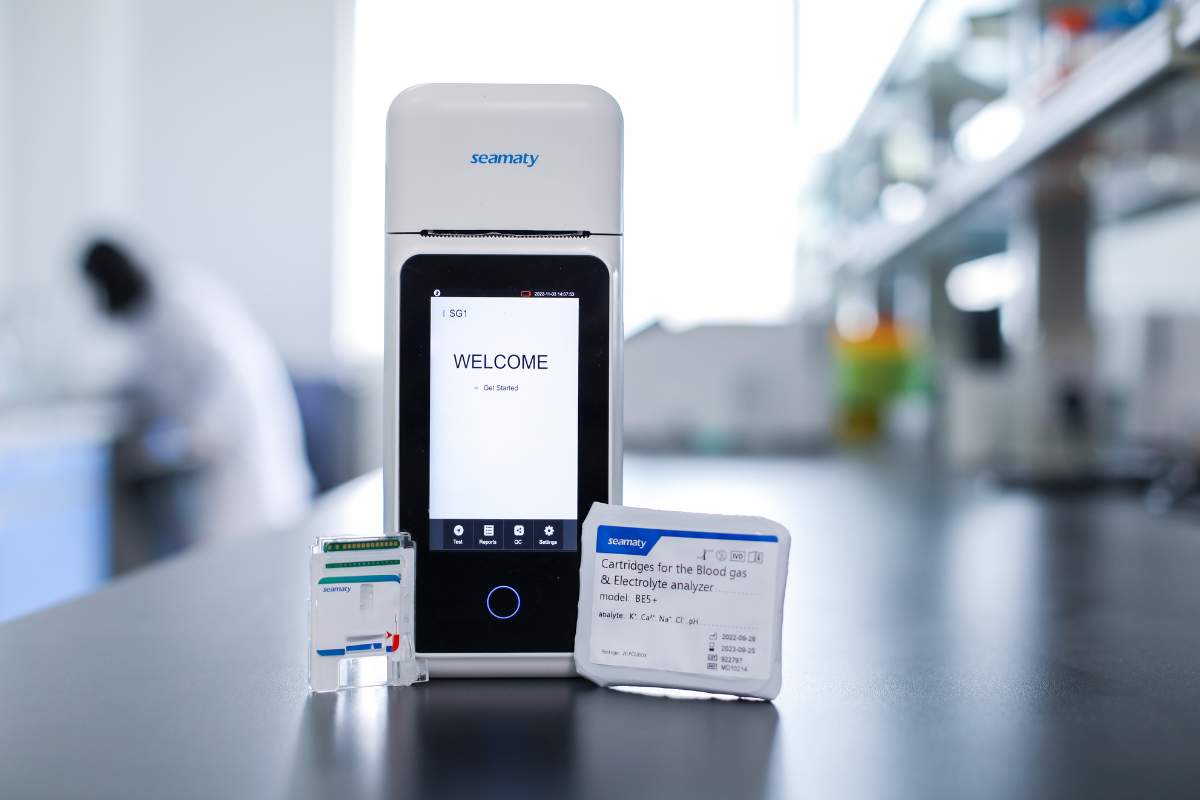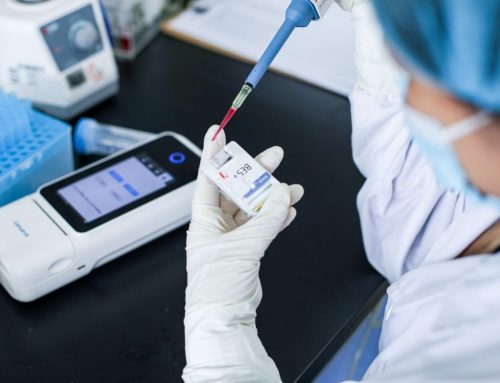1. What is Peripheral Blood Testing?
Peripheral blood collection, also known as skin puncture blood collection, involves collecting blood by pricking the capillaries in the extremities. The fingers and earlobes are common sites for peripheral blood collection. Compared to the earlobe, the fingertips have a richer network of capillaries and are easier to operate, making them more commonly used in clinical settings.
Common patients who require peripheral blood testing:
Pediatric patients:
1. Poor compliance and cooperation
2. Delicate blood vessels
3. Low success rate during venous blood collection
4. Higher incidence of complications
Special adult patients:
1. Severe burn patients
2. Extremely obese patients
3. Patients with a tendency for thrombosis
4. Patients with superficial veins that are difficult to access or very fragile

2. Advantages of Peripheral Blood Collection
1. Ease of Operation and Safety:
The hand is the most flexible and freely movable organ on the body’s surface, making it convenient for doctors to collect blood. Additionally, since the fingertips have a rich network of capillaries and lack large arteries and veins, using the finger for blood collection can meet clinical needs while avoiding excessive bleeding.
2. Minimal Impact on Daily Function:
Most people are right-handed, meaning that complex, precise movements are usually performed with the right hand. Collecting peripheral blood from the left hand has a relatively smaller impact on hand function.
3. Less Post-Traumatic Impact:
Anatomically, each finger’s flexor tendons are enclosed in a synovial sheath that provides lubrication and shock absorption. The sizes, depths, and anatomical structures of these sheaths vary among fingers. The index, middle, and ring fingers have relatively independent synovial sheaths, and the ring finger’s sheath is located in the shallow part of the palm. Therefore, even if there is an infection after trauma, it will not cause deep-seated palm lesions or affect other fingers.
4. Mild Pain Sensation:
The fingertips have a rich distribution of nerve endings, but different fingers are governed by different nerves, resulting in varying pain thresholds. Collecting blood from the ulnar side of the ring finger only affects the ulnar nerve endings, causing less pain and a smaller area of discomfort.
3. Applications of Peripheral Blood Collection in Various Fields
With the continuous development and improvement of modern, miniaturized, and convenient laboratory medicine technology, the application of peripheral blood has become increasingly widespread.

Blood Testing Examples:
In addition to simple, low-blood-volume, and rapid tests, some tests that originally required venous blood or larger blood volumes can now also use peripheral blood, such as liver function, kidney function, blood glucose, blood lipids, and point-of-care testing (POCT) projects.
Expansion of POCT Biochemical Analyzers:
The application of small, automated POCT biochemical analyzers that can test peripheral blood has expanded to accident scenes, wards, outpatient clinics, emergency rooms, intensive care units, operating rooms, and even customs, community health centers, and private clinics.
Quality Requirements:
The growing scale of application has placed higher demands on product quality. As a national high-tech enterprise integrating research, production, and sales, Seamaty strictly controls quality standards, always providing stable and high-quality products to serve patients and ensure the safety of medical staff.
—
This structured format should make the article easier to read and understand.




Leave A Comment